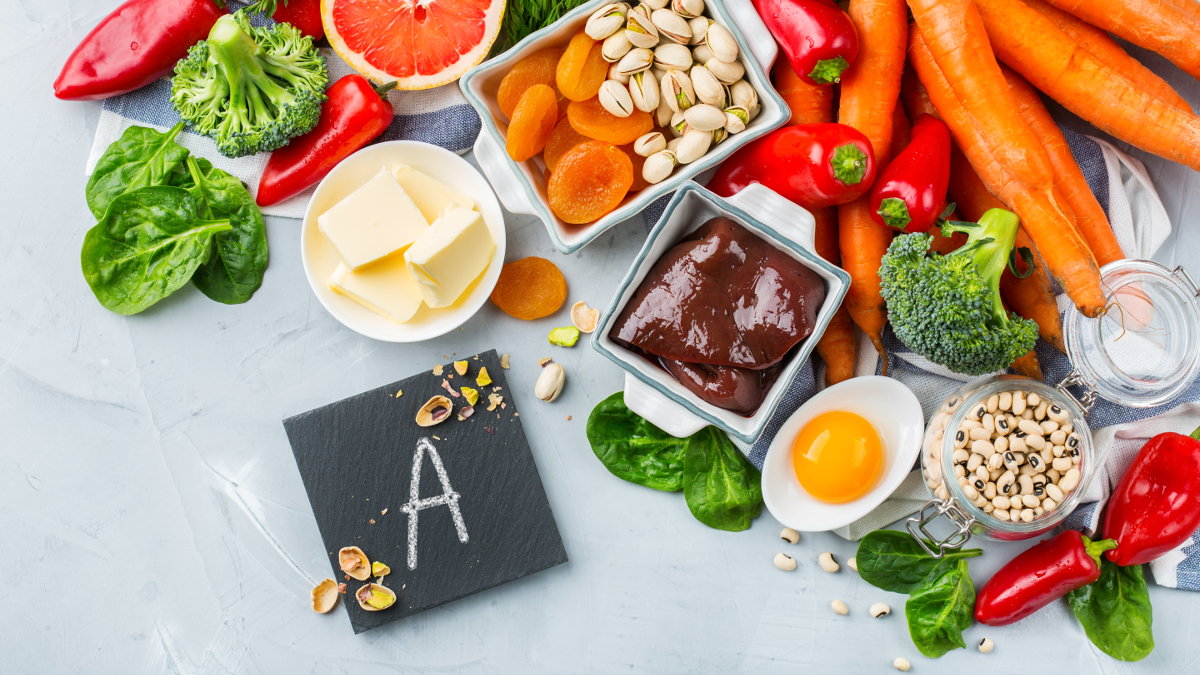
Vitamin A is ubiquitous in human health.
It plays a role in:
It is present in several forms in the body - retinol, retinal, retinoic acid and retinyl phosphate.
Directly-available vitamin A is actually found in animal-source products (5). These vitamin A-rich foods include:
Plant-source foods primarily contain beta-carotene, a provitamin which the body easily converts into vitamin A.
So if you don’t eat animal products, there is an alternative source of vitamin A. It’s best to choose highly-coloured fruits and vegetable - in fact, beta-carotene is none other than a red-orange pigment (7).
Focus on:
Microalgae are important allies:
You could also try a carotenoid complex. The formulation Carottol™, for example, combines beta-carotene, lutein, lycopene, astaxanthin and zeaxanthin. All these compounds are particularly helpful in protecting against problems with vision or the immune system.
Last but not least, taking a multivitamin complex (such as Daily 3) is always a good idea. If you need to, be sure to seek advice from a health professional to identify your particular requirements.
The consequences of a lack of vitamin A can be serious. A diet with plenty of brightly-coloured fruit and vegetables, along with some carefully-chosen supplements, will provide you with sufficient vitamin A to ensure you stay in the best of health!
Can you name 5 plants that help support the body’s defences? If the answer is no, get up to speed now with our list of plants known to benefit the immune system.
The immune system is the vital collection of defence mechanisms that ensure your survival. Discover how to boost and support it on a daily basis.
Many researchers believe that reactivation of infectious mononucleosis by the SARS-CoV-2 virus may be responsible for long Covid. How can this viral disease – which is spread by saliva and causes fatigue, sore throat and fever – be treated naturally?
This winter, we’re facing a particularly virulent triple epidemic of respiratory viruses. How can you tell these various illnesses apart, and how can you prevent and treat them?
We’re often told to expose our skin to the sun for 20-30 minutes a day to ensure we get enough vitamin D, but can this be done from behind a window?
Scratchy, dry, burning: a raging sore throat feels relentlessly painful. Here are 10 tips and substances to help make it go away.







